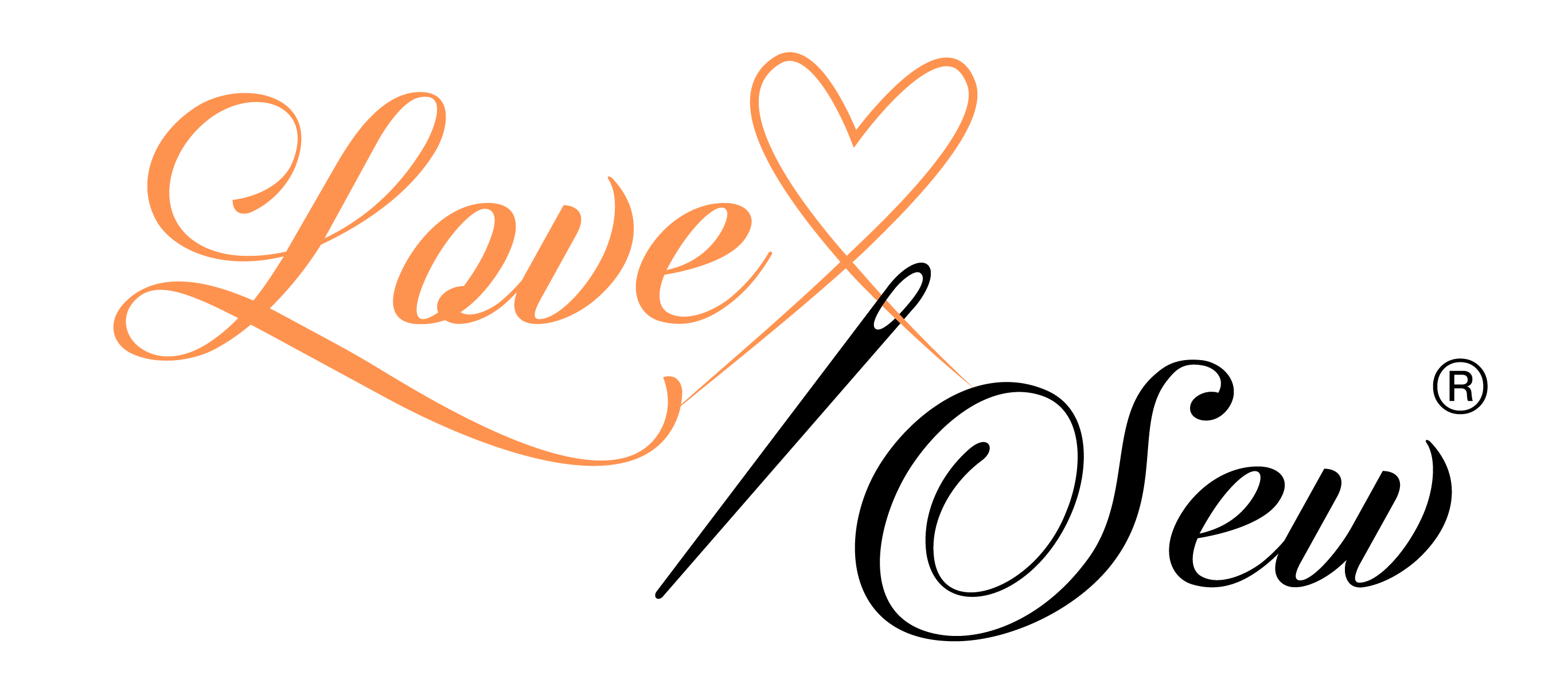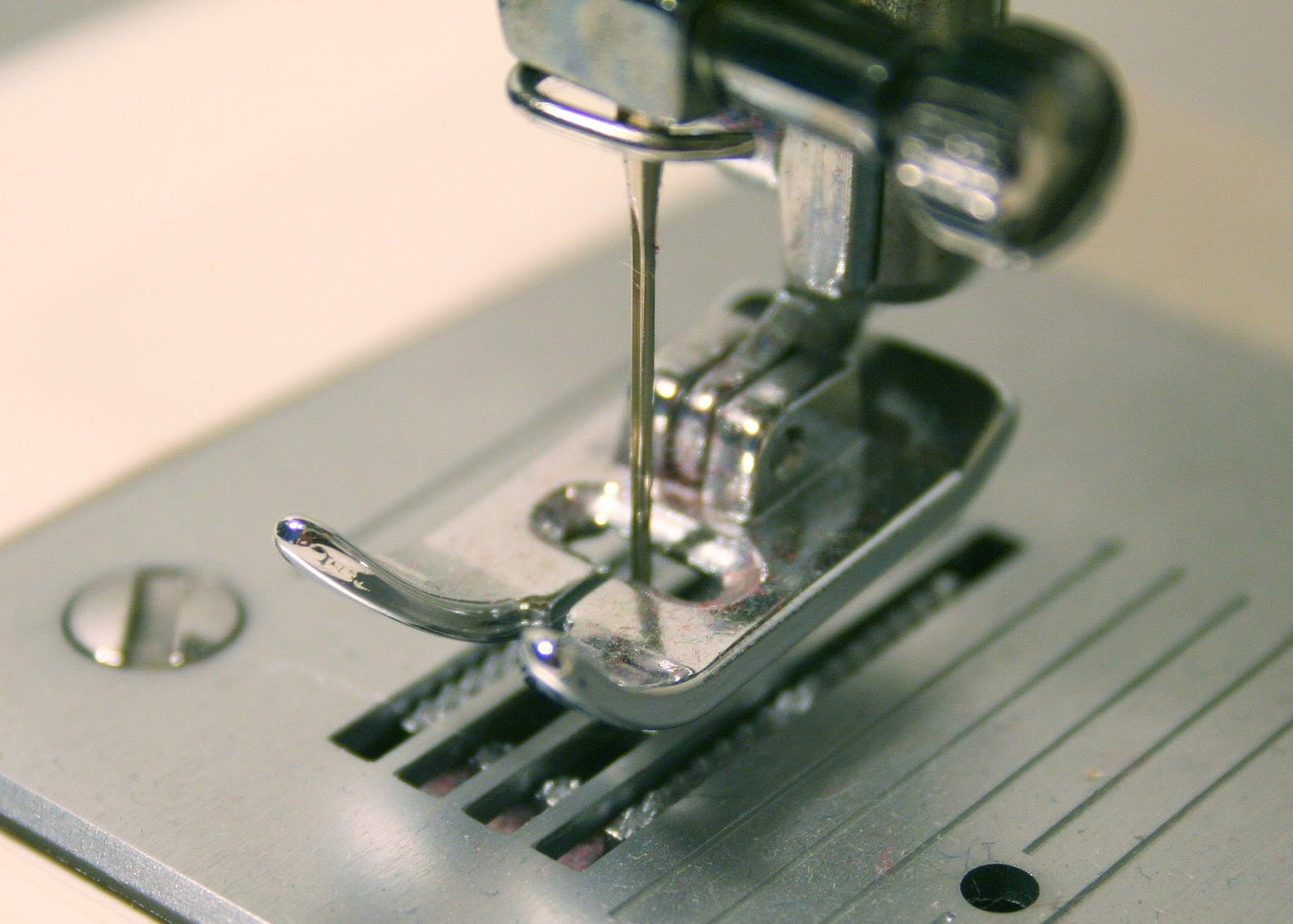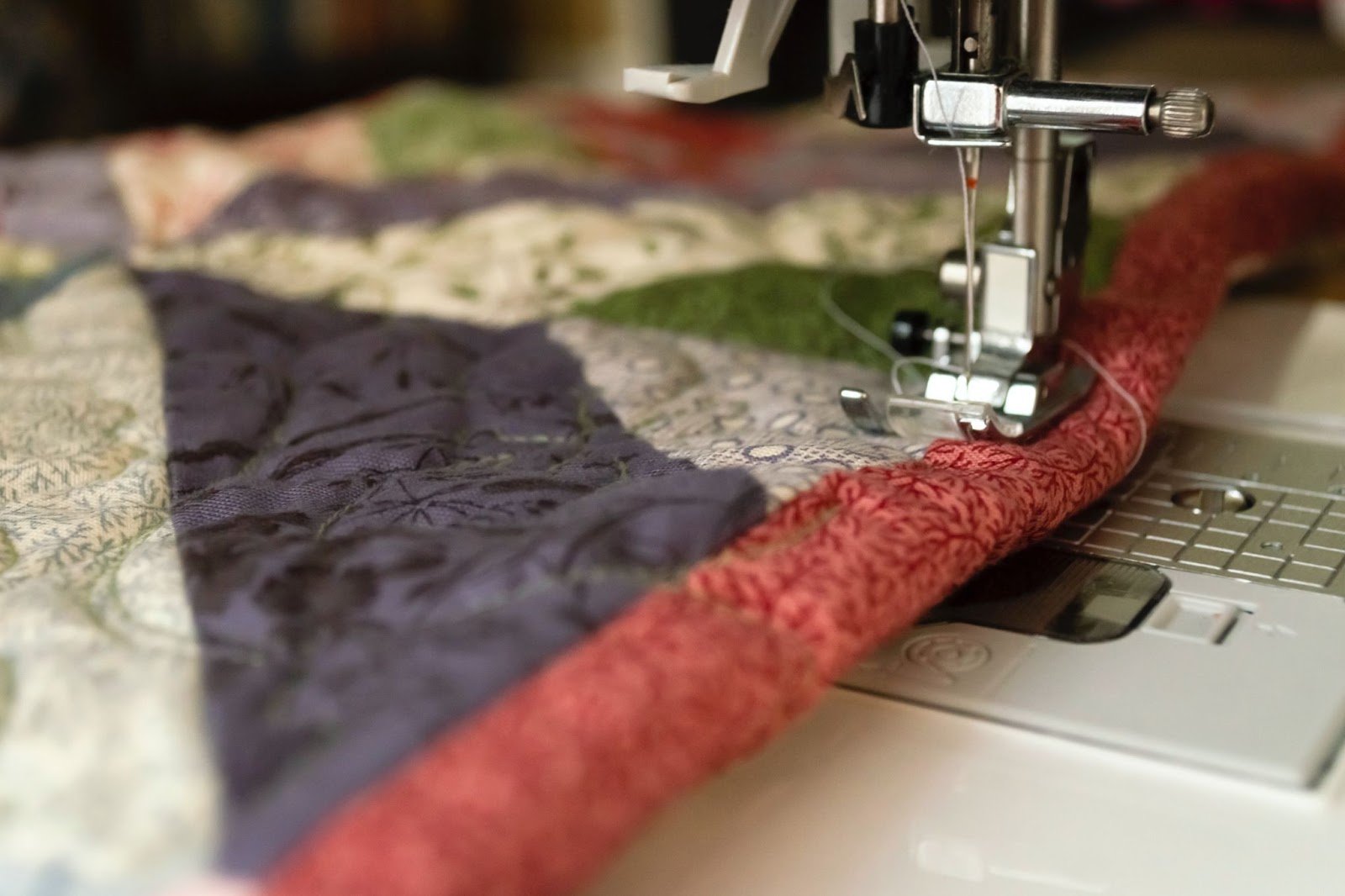When it comes to sewing machine care, regular maintenance helps preserve your machine for years to come and ensures that you get perfect lines and stitches every time.
And changing a sewing machine needle is an important part of that upkeep.
Sure, your machine may seem to be stitching along just fine. But needles will dull over time, leaving them more prone to snag fabrics or break and injure you. The good news is that it’s a rather simple task to change them out.
In this article, you will find out how often you should replace sewing machine needles and learn the steps to swap them out in just a few minutes.
When to Change Your Needle
As a good rule of thumb, it is best to change your sewing machine needle after every five hours of sewing or when you finish a project (every second project at most).
Additionally, you may want to change the needle when you start to notice any signs of damage or wear to your fabrics as you work with them on your machine.
Here are a few common tell-tale signs that it’s time for the next sewing machine needle change.
-
Your fabric tugs
The most obvious sign that your needle needs to be swapped out is that it’s not actually clearing the fabric properly. This means that the needle has become dull and isn’t piercing the textile the way it’s supposed to. -
Your thread breaks
It’s important to replace needles regularly because they tend to cause broken thread while in use as they become dull. -
Your stitches are uneven
Even if you don’t necessarily see the thread or fabric tugging or breaking, you might notice that your stitches are uneven or that your sewing machine has started to skip stitches. This could be a sign that your needle needs to be replaced and is a good starting point before tinkering with tension, rethreading, or other fixes. -
Your needle snaps
If your needle snaps, stop using the sewing machine right away. Using a snapped or broken needle may cause lasting damage to the machine or break the key mechanisms. You could also get hurt!
Tools You May Need
You can replace your sewing machine needle with your bare hands, but these are the tools that you might want to use to make it even easier.
- Flathead screwdriver
- Needle insertion tool
- Needle threader
Read More: How to Thread a Sewing Machine
Changing sewing needles regularly is a great best way to ensure your sewing machine lasts and that every sewing or quilting project is enjoyable.
The process is pretty straightforward, and Love Sew is here to help you get the steps down pat.
Step #1: Loosen the Needle Set Screw

Locate the screw at the top of the needle and undo it with your right hand or a screwdriver.
During this process, carefully hold onto the needle with your left hand so that it doesn’t fall or get lost inside the machine.
Step #2: Remove the Needle

Gently remove the needle by pulling it down in the direction opposite from the needle clamp.
Step #3: Reinsert the New Needle

Pick a new needle and insert the needle into the hole until there is no more room for it to move upward using either your hands or a needle insertion tool.
During this step, make sure that the flat edge of the needle shank is facing the back of the sewing machine. You may feel resistance if you have it facing the wrong direction.
Read More: How Does a Sewing Machine Work
|
Magnetic Seam Guide (2pcs) $9.99 SEW STRAIGHT SEAMS: You can place it far from the needle depending on your preferred line of stitching and it will guide the fabric perfectly as you sew. |
 |
Step #4: Tighten the Needle Set Screw

Begin to tighten the screw on your needle clamp.
It’s best to start the process with your fingers to confirm that the needle is lined up correctly.
Once you are certain that everything is in place properly, you can tighten the screw with your screwdriver.
Step #5: Thread the Needle

The last step is to thread your sewing needle. Make sure your machine is threaded properly. Then, run the thread through the eye of the needle from front to back using your thumb and forefinger.
Some sewing machines may have an automatic needle threader that makes this a bit easier. Check your sewing machine manual for more instructions.
|
Automatic Needle Threader (3pcs) $12.99 Thread Your Needle Effortlessly! The automatic needle threader is designed to thread in cases of poor light or vision, and you will find the thread passes easily through the eye of the needle; When inserting a needle, it holds the needle in place to prevent it from falling when changing needles. |
 |
After you are certain that everything is set up the right way, make a few large stitches on scrap fabric to test out the new needle. This can be best to do manually with the hand wheel if your machine has one to make sure the new needle picks up the bobbin thread and has the right tension for your next project.
Once you have successfully completed this step, you can resume your sewing or quilting project. If you notice that there are any issues with the new needle, do not hesitate to stop and change it again.
Want more guidance? Here’s a video that breaks down the entire process for you:
5 Steps, 5 Minutes, Lasting Results for Your Sewing Projects
The needle on your machine is arguably the most critical component. That makes changing a sewing machine needle important to do periodically. With a new, sharp needle in place, you can be confident about safely and enjoyably using your machine for your next project.
It’s a straightforward process that can be done in less than five minutes, and with the help of this quick guide, you should be able to complete it yourself.
Explore our growing catalog of sewing and quilting products and begin your next artistic journey with Love Sew today.




1 comment
Anna Collins
I appreciate that you mentioned how it’s best to change your sewing machine needle every 5 hours of use or when you notice signs of damage or wear to your fabrics. My grandmother passed down her sewing machine to me, so I wanted to know how to use it. I’ll be sure to keep this in mind while I take it to a sewing machine repair service later. http://www.singerfactorydistributor.com/services.htm
Leave a comment
This site is protected by hCaptcha and the hCaptcha Privacy Policy and Terms of Service apply.